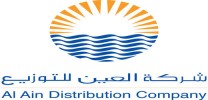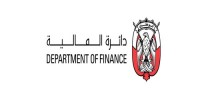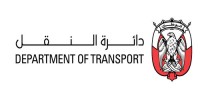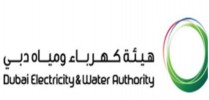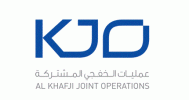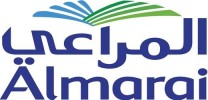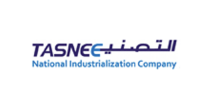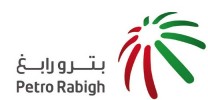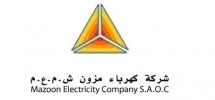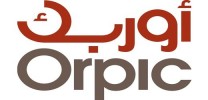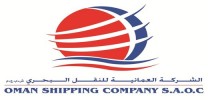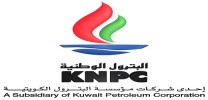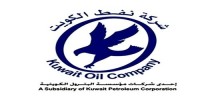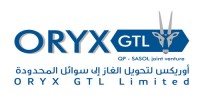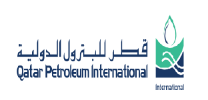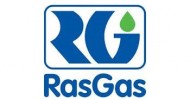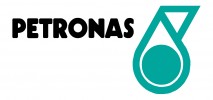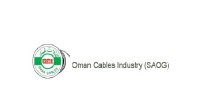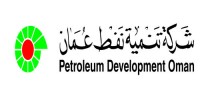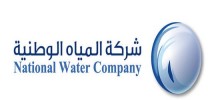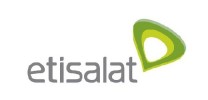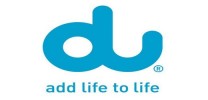
Designing and Implementing an Occupational Health and Safety Management System (OHSMS) for the Workplace
Course Introduction:
Providing a safe workplace for employees is the fundamental responsibility of employers. Workers must be protected from workplace injuries and illnesses. Experience has shown that successful health and safety management results from establishing processes that address the multiple facets of safety within the context of a management system. Indeed, a British specification for a performance-based occupational health and safety management system (OHSAS 18001) has recently been developed. It is compatible with ISO 9001 for quality management systems and ISO 14001 for environmental management systems and is the likely forerunner of an international standard.
This course describes an Occupational Health and Safety Management System (OHSMS) tailored for US organizations and provides instruction on how to design and implement one for your organization. OHSMS developers must understand workplace hazards which are described in the course. A discussion is also provided of the workplace human factors that influence occupational health and safety, and how to integrate human factors considerations into the OHSMS.
A key part of the OHSMS is assessing the workplace hazards present. Historically, Job Safety Analysis (JSA) has been used for this purpose. It focuses on the jobs and tasks performed by employees in order to identify and manage the hazards posed by them. A newer method, Direct Hazard Analysis (DHA), focuses on the hazards and analyzes the various ways they can be realized. DHA provides a more detailed analysis than JSA and also usually involves a risk ranking of the potentially hazardous situations identified which can be used to prioritize action items. The stages and steps in performing JSA and DHA are described in detail with examples provided throughout. The use of the results of JSA and DHA to reduce workplace risk is explained. Attendees will participate in workshop sessions to gain experience using the methods.
The course concludes with instruction on how to use behavioral safety methods in an OHSMS. This includes guidance on changing workplace cultures and influencing individual motivation, behavior and attitudes.
Course Objectives:
Upon successful completion of this course, the delegates will be able to:
- Design and implement occupational health and safety management system in the workplace for occupational health and safety
- Understand the purpose and benefits of an Occupational Health and Safety Management System (OHSMS)
- Identify the key aspects of the management system in planning, organizing and understanding the relationship between legal compliance and conformance to the standard
- Implement relevant, applicable, and simplified programs that translate general health and safety principles into specific programs and procedures
Who Should Attend?
This course is intended for all individuals involved with or responsible for occupational health and safety in an organization.
Course Outline:
Day 1:
Introduction
Overview
Establishing an Occupational Health and Safety Management System (OHSMS)
· Terms
· Purpose
· Benefits
· OHSAS 14001
· Continuous improvement
· Issues for managers
Key aspects of the management system
· Planning
· Organizing
· Implementing Policies, procedures and work instructions
· Documentation and records
· Communications
· Leadership
Day 2:
Management System Elements
· Employee involvement
· Training, orientation, employee awareness and competence
· Collection and management of information
· Hazard identification, risk assessment and risk control
· Procedures
· Safe work practices
· Permits to work
· Pre-job safety checks
· Maintaining tools and equipment
· Change management
· Emergency preparedness and response
· Accidents, incidents, non-conformances and corrective and preventive actions
· Performance measurement and monitoring
· Reviews and audits
Understanding Workplace Hazards
· Unsafe conditions
· Unsafe behavior
· Types of injuries and illnesses
· Typical sources of injuries and illnesses
Day 3:
Human Factors in the Workplace
· Personnel selection
· Training
· Use of temporary personnel and contractors
· Workplace design and engineering
· Ergonomics
· Design of procedures
· Usability of equipment
· Effective communications
· Design of jobs and tasks
· Workload and staffing
· Workplace design and layout
· Work environment
· Organizational issues
Overview of Job Safety Analysis (JSA) and Direct Hazard Analysis (DHA)
· Purpose
· Benefits
· Terms used
· Approaches
· Uses
· Levels of detail
· Stages and steps
· Cautions and limitations
· Issues for managers
Day 4:
Defining Jobs and Tasks
· Identifying jobs
· Job lists
· Collecting information
· Observing job performance
· Task analysis
Preparing for JSA/DHA
Performing JSA/DHA
· Procedures
· Flowcharts
· Risk ranking
· Facilitating studies
· Advantages and disadvantages
Recording and documenting JSA/DHA studies
Day 5:
Follow-up
· Deciding on corrective actions
· Priorities
· Tracking action items
Behavioral Safety
· Changing workplace cultures
· Dealing with peer pressure
· Avoiding the concepts of blame and punishment
· Establishing incentives
· Focusing on values and actions
· Influencing individual motivation, behaviors and attitudes
· Measuring performance and providing feedback
· Lessons learned
Course Methodology:
A variety of methodologies will be used during the course that includes:
· (30%) Based on Case Studies
· (30%) Techniques
· (30%) Role Play
· (10%) Concepts
· Pre-test and Post-test
· Variety of Learning Methods
· Lectures
· Case Studies and Self Questionaires
· Group Work
· Discussion
· Presentation
Course Fees:
This rate includes participant’s manual, Hand-Outs, buffet lunch, coffee/tea on arrival, morning & afternoon of each day.
Course Timings:
Daily Course Timings:
08:00 - 08:20 Morning Coffee / Tea
08:20 - 10:00 First Session
10:00 - 10:20 Coffee / Tea / Snacks
10:20 - 12:20 Second Session
12:20 - 13:30 Lunch Break & Prayer Break
13:30 - 15:00 Last Session























